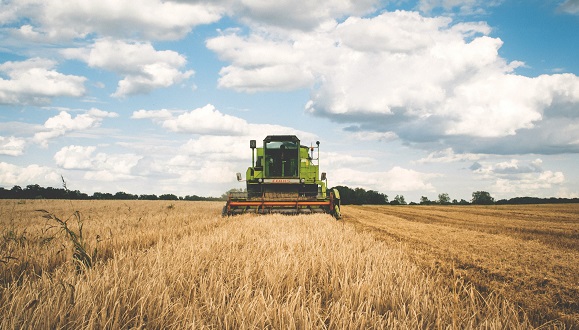New modelling framework will transform the design and monitoring of EU rural policies
A new Horizon 2020 project, where CREAF takes part actively, will provide improved tools to European policymakers for predicting the result of future EU agriculture policies, taking account of farmers’ needs and effectively monitor policy impacts on natural, social and cultural assets in rural areas. It is BESTMAP!

Nearly half of the EU land is farmland. The livelihood of over ten million farmers and the sustainability of agro-ecosystems, including food, bioenergy, water, carbon storage and biodiversity, are directly affected by EU policy instruments. These policies have, so far, failed to stop environmental degradation. BESTMAP (Behavioural, Ecological and Socio-economic Tools for Modelling Agricultural Policy) aims to develop a new flexible, interoperable and customisable framework thatwill take account of farmers' needs and effectively monitor policy impacts on natural, social and cultural assets in rural areas.
BESTMAP will develop innovative agricultural policy impact models, because, in addition to traditional economic models, will be add theoretical behavioral models that take into account the complexity of agricultural decision-making. To achieve this, around 200 farmers will be interviewed, whose views will be introduced into the models.
"This new project will transform the existing system to assess policy impacts and will help to enhance the sustainability of agricultural landscapes," comments project coordinator Guy Ziv from the University of Leeds. "In the long run, our mission is to improve the effectiveness of EU policies and transform European policy design, impact assessment and monitoring."
The newly developed framework will be implemented in five regions across Europe, holding diverse agricultural, socio-economic and political backgrounds: Humber Catchment (UK), Mulde River Basin (DE), South Moravia (CZ), Bačka Region (RS) and Catalonia (ES).
"We will consult members of the local, regional and national governments of the five studied regions, to understand how Member States interpret EU-level policies in national strategic plans and to understand what are the most important environmental priorities in the different regions", explains one of the participants and CREAF's researcher, Anabel Sánchez.
A simple-to-use tool
BESTMAP specialists will develop a simple-to-use web-tool, helping policymakers analyze the adoption of various agri-environmental schemes, and scale up the innovative approach in the project to model agricultural policy impacts on a regional and national level.
"Models resulting will be part of a dashboard in which policy makers and interventions can project results from different scenarios and achieve expected results if they apply a specific policy or intervention. CREAF will also be responsible for designing this control panel" explains Cristina Domingo, from CREAF's team.






